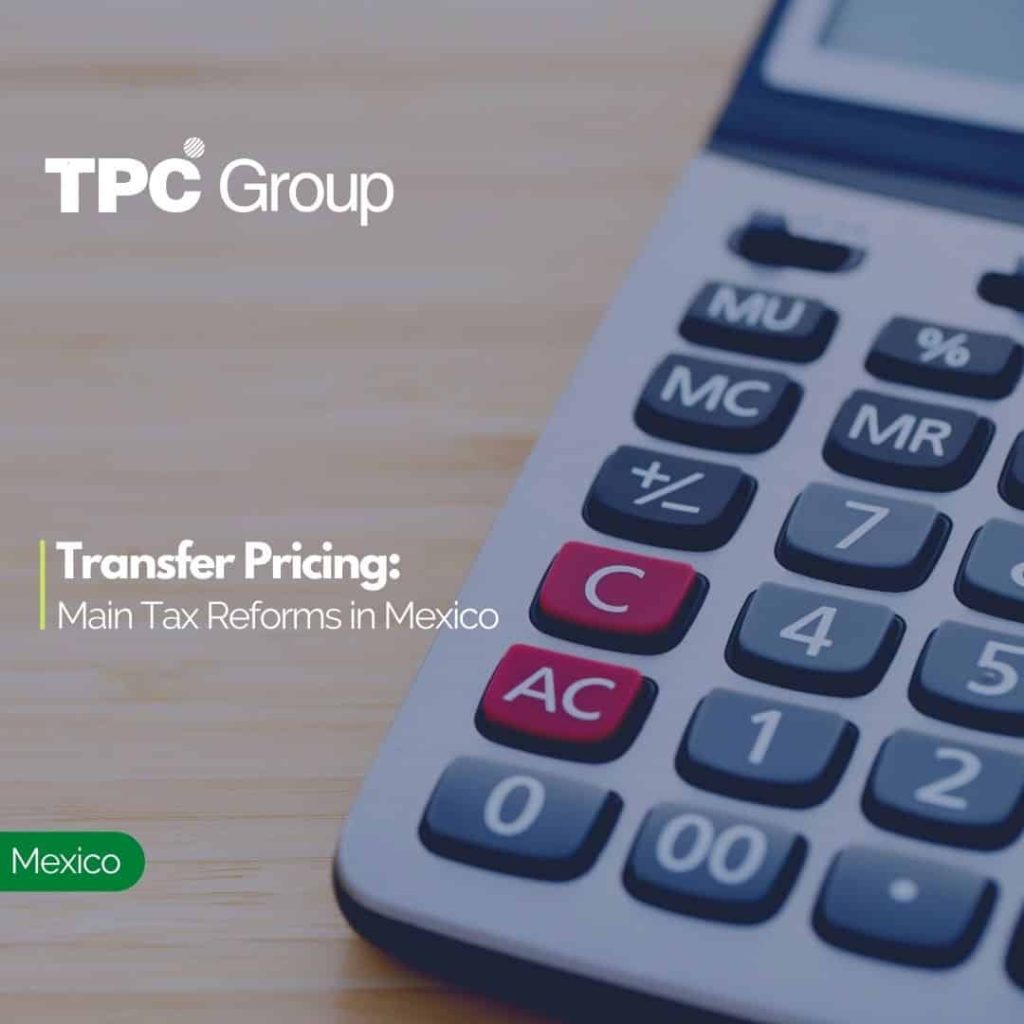On October 26, 2021, the Mexican Congress approved several amendments to the Income Tax Law, the CFF (Código Fiscal de la Federación – Federal Tax Code), the VAT Law, and Transfer Pricing.
Concerning Transfer Pricing, this reform represents one of the most significant changes since 2012 locally and structurally due to the BEPS (Base Erosion and Profit Shifting) effect since 2015.
Reform’s aim
According to the Economista, the approved reforms leave in writing cases subject to interpretation. Thus, the tax authority sought to apply them within its verification powers to many of them, some of them posted on the SAT (Servicio de Administración Tributaria – Tax Administration Service) website as frequent questions and answers and reaching some of them to the courts.
In this regard, what is sought is to generate certainty and security for taxpayers, eliminating doubts generated by different interpretations of regulation. However, these amendments are also considered to increase the complexity of the transfer pricing obligations.
Main amendments
Amendments with a general impact and considered in the short term and those of more technical aspects will be grouped here below.
A. Amendments of general impact
- Modification in the filing deadline of the Informative Statements as of May 15 of the immediately following fiscal year: Local Report and Annex 9 of the Multiple Informative Statement.
- All Transfer Pricing obligations for domestic-related parties, the foreign ones, and individuals are homologated.
- Large taxpayers required to file a Tax Report as of the fiscal year 2022, and their related parties will be required to ISSIF and the whole group to file a Local Report to the authority on May 15 of the subsequent fiscal year (May 15, 2023).
- The option to request an Advance transfer Pricing Agreement (APA) for the maquiladora industry is eliminated.
B. Technical amendments
- The comparability analysis (functions performed, assets used, and risks assumed) of both the taxpayer and its counterpart-related party must be included in the transfer pricing reports and local reports.
- The concept “Statistical Methods” is eliminated, and the Interquartile Method is established as the only method to define a range of market values.
- The comparable operations of a transaction must correspond to the fiscal year subject to analysis.
- If the tax authority verifies (audit of working papers) on a taxpayer, it may propose secret comparables.
- Financing transactions between related parties deriving interest and lacking a business reason are intended to be considered as loans backed. Therefore, the interest will be considered as a dividend.
Effectiveness
Most of the approved reforms will become effective as of January 1, 2022.
Source: El Economista 25/11/21



